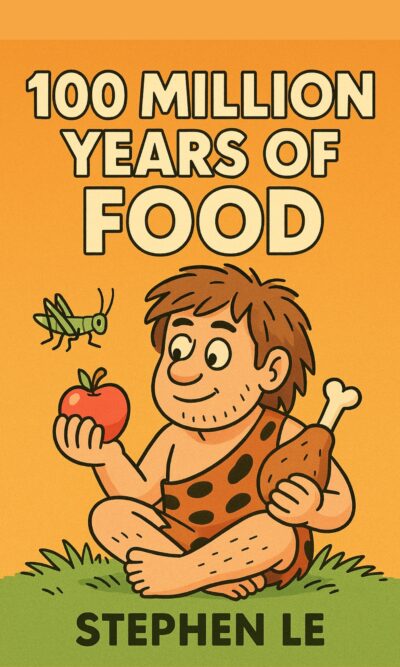Description
Human history has often been driven by desire. People chase beauty, rarity, and objects that seem to hold special meaning. From ancient treasures to modern luxuries, the things we crave have shaped wars, economies, and even nations. Yet what we consider valuable has always shifted. Sometimes, the things that once seemed priceless lose their shine, while others rise to unimaginable worth. This story is about how value is created, destroyed, and reborn—and what it says about us.
One of the most famous examples comes from a pearl called La Peregrina. This perfectly shaped pearl traveled through the hands of kings, queens, and celebrities. In the sixteenth century, Philip II of Spain gave it to Queen Mary of England as a symbol of love and power. After her death, Elizabeth I desired it deeply but refused to marry Philip to gain it. Their conflict led to one of the most famous clashes in history: Spain’s failed Armada against England in 1588. A single pearl, desired by queens and kings, played its part in shaping empires. Centuries later, actress Elizabeth Taylor wore it proudly as a gift from Richard Burton. The pearl’s journey shows how objects of beauty can influence human choices far beyond their physical worth.
Desire, however, is not always about politics and power. Sometimes it leads to mass madness. In seventeenth-century Holland, tulips became so desirable that they created one of the world’s first economic bubbles. A single tulip bulb could sell for the price of a house or even more. The flowers became symbols of status, wealth, and taste. But when the bubble burst, tulips suddenly seemed ordinary again. Contracts were broken, fortunes were lost, and half the country fell into poverty. This strange episode, known as “tulip mania,” shows how value is often built on perception rather than reality.
Psychologists and economists have long studied why humans crave what is scarce. Experiments reveal that when something seems rare, we find it more attractive. A jar of cookies with only a few left inside feels more valuable than a full jar. Our minds connect scarcity with desirability, even when logic says otherwise. This explains why markets rise and fall so dramatically. When something becomes scarce, people rush to grab it, even if its actual usefulness has not changed.
Pearls again provide another lesson in how scarcity and abundance play tricks on our minds. For centuries, natural pearls were almost impossible to find, and they became treasures reserved for the rich and powerful. That changed in 1893, when a Japanese man named Kokichi Mikimoto discovered a way to culture pearls. By placing a small particle inside an oyster, he could grow pearls on demand. At first, many in the jewelry industry dismissed them as “fake.” But Mikimoto believed in his creation. He burned imperfect pearls in public to show his commitment to quality, and with clever marketing, he convinced the world that cultured pearls were as beautiful as natural ones. Soon, pearls became available to ordinary people. Scarcity was no longer real—it was manufactured. What once was nearly impossible to find could now be bought in shops worldwide.
Diamonds, too, reveal how much of value is created by storytelling rather than nature. In the late 1800s, too many diamonds were flooding the market, threatening to reduce their price. The mining company De Beers found a solution—not through mining, but through marketing. They convinced people that diamonds were not just stones but symbols of eternal love. Their campaign introduced the famous line, “A diamond is forever,” in 1947. Soon, it became unthinkable to propose marriage without a diamond ring. This was not an ancient tradition but a clever invention less than a century old. Movie stars wore diamonds, advertisements tied them to romance, and the world accepted the idea that diamonds were both rare and essential. In truth, De Beers controlled the supply carefully to keep prices high. The story of diamonds is one of the greatest marketing successes in history.
Sometimes, the story of value is not about small objects but entire lands. In 1626, the island of Manhattan was sold by Native Americans to Dutch settlers for trinkets worth about . At the time, the land seemed unremarkable—swamps, forests, and fishing spots. The Native people did not even live there permanently. To them, beads and glass objects from Europe seemed far more exotic and valuable. Today, Manhattan is one of the most expensive places on Earth, filled with skyscrapers and bustling life. What once looked cheap became priceless over time. It reminds us that value is never fixed. It grows and shrinks as human needs, perspectives, and cultures change.
Looking across these stories—pearls, tulips, diamonds, and land—we see the same patterns. Value comes from three main sources: scarcity, storytelling, and desire. When something feels rare, we want it more. When someone tells us it represents love, power, or prestige, we believe it. And when we desire it, we are willing to fight wars, spend fortunes, or build entire markets around it. But the reverse is also true. When people stop believing, value vanishes almost overnight.
This teaches us a powerful lesson about our own lives. We should always pause and ask why we value the things we do. Is it because they truly bring meaning, beauty, or usefulness to our lives? Or is it because someone, somewhere, told us we should want them? A diamond ring, a luxury handbag, a prime piece of real estate—each of these might carry both real and imagined worth. Learning to separate the two can save us from regret.
History shows that beauty and rarity will always tempt us. They shape our choices as individuals and as societies. From royal treasures to flower bulbs, from ocean pearls to city skylines, the things we crave have the power to move economies, create legends, and define generations. Yet the deeper truth is that value lives not in the objects themselves but in the human heart and mind. What we believe to be precious becomes precious. And what we dismiss fades into dust.
The story of desire is, in the end, the story of humanity. We are creatures who dream, who long, and who chase after symbols of beauty and meaning. But just as tulips lost their shine, and pearls lost their mystery, so too will the treasures of today be reimagined tomorrow. By remembering this, we gain the wisdom to look beyond surface glitter and see what truly matters.





